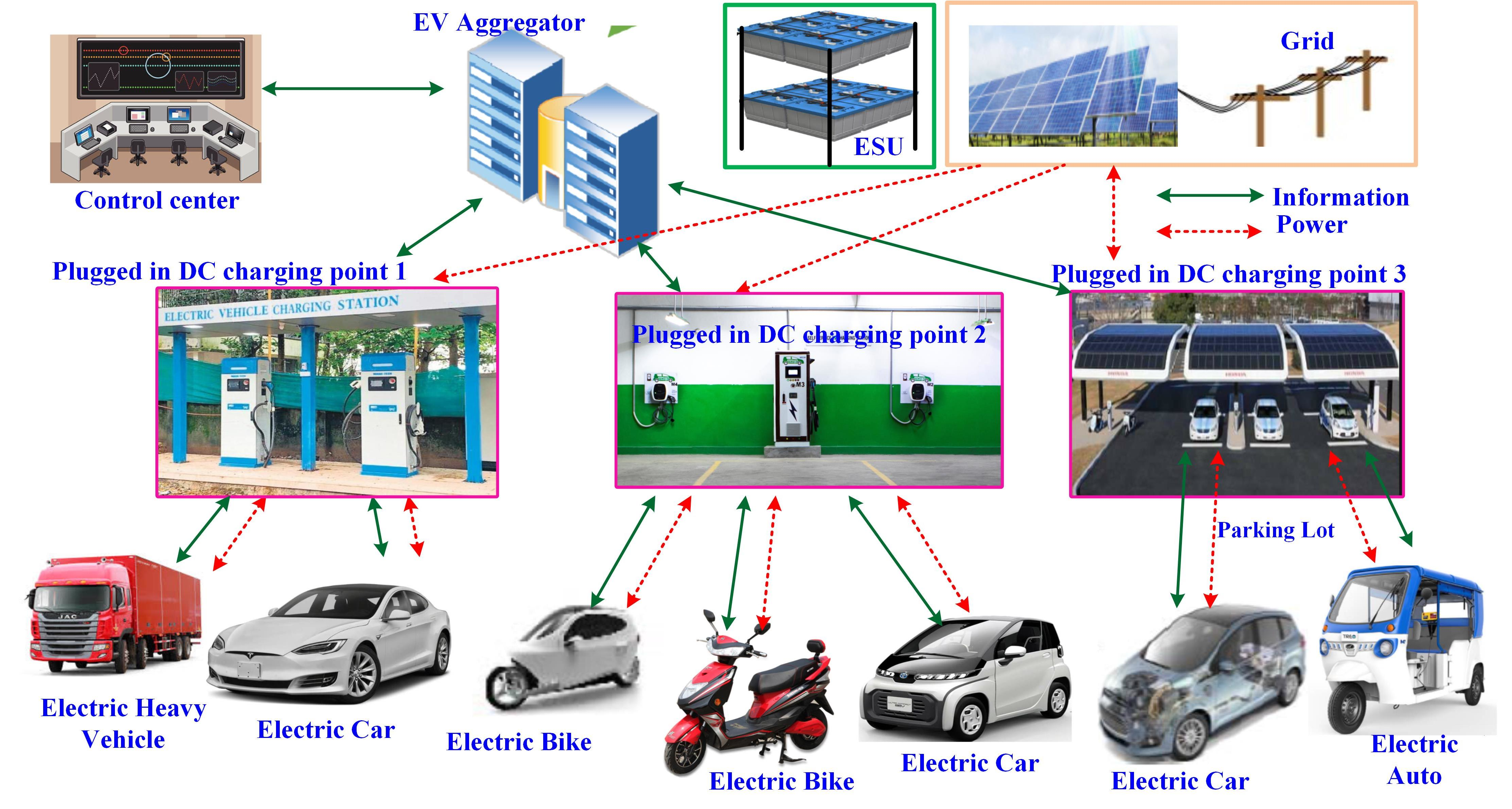Accelerating EV Adoption: Building a Robust Charging Network

Accelerating EV Adoption: Building a Robust Charging Network
The global push towards sustainable transportation has fueled the rapid adoption of electric vehicles (EVs). As more individuals and businesses embrace the green revolution on wheels, the need for a robust Electric Vehicle Infrastructure becomes paramount. Let’s delve into the key components and challenges surrounding the development of a comprehensive charging network.
The Vital Role of Electric Vehicle Infrastructure
Electric Vehicle Infrastructure is the backbone of the electric mobility ecosystem, serving as the lifeline for EVs. It encompasses a network of charging stations strategically placed to facilitate convenient and efficient charging for electric vehicles. This infrastructure is pivotal in addressing range anxiety concerns and promoting the widespread adoption of electric vehicles.
Types of Charging Stations
Electric Vehicle Infrastructure comprises various types of charging stations, each catering to different charging needs. Level 1 chargers, typically used at home, provide a slow but steady charge. Level 2 chargers, found in public spaces and workplaces, offer a faster charging option. Rapid DC chargers, commonly located along highways, provide a quick charge, making long-distance travel more feasible. A well-rounded network integrates these charging options to accommodate diverse user requirements.
Challenges in Building a Comprehensive Charging Network
Despite the growing popularity of electric vehicles, several challenges hinder the seamless development of Electric Vehicle Infrastructure. One major obstacle is the need for substantial investment in charging infrastructure. Governments, businesses, and investors must collaborate to fund the expansion of charging networks and make them more accessible to a broader population.
Addressing Range Anxiety through Strategic Placement
Range anxiety, the fear of running out of battery power before reaching a charging station, remains a psychological barrier for many potential EV adopters. Overcoming this challenge requires a strategic placement of charging stations, ensuring coverage in urban areas, highways, and remote locations. This approach is essential to instill confidence in EV drivers and promote long-distance travel.
The Role of Government Initiatives
Government support is instrumental in accelerating the development of Electric Vehicle Infrastructure. Many countries are implementing initiatives such as grants, subsidies, and regulatory frameworks to incentivize the establishment of charging networks. Public-private partnerships play a crucial role in leveraging resources and expertise to create a comprehensive and sustainable charging infrastructure.
Technological Advancements Driving Infrastructure Growth
Advancements in charging technology contribute significantly to the growth of Electric Vehicle Infrastructure. Faster charging solutions, enhanced energy storage, and smart charging systems are transforming the landscape. These innovations not only reduce charging times but also enhance the overall efficiency and reliability of the charging network.
The Need for Interoperability
Interoperability is a key consideration in the development of Electric Vehicle Infrastructure. Standardization of charging connectors and communication protocols ensures that EVs from different manufacturers can use any charging station seamlessly. This interoperability is vital for user convenience and promotes a more cohesive and user-friendly charging experience.
Electric Vehicle Infrastructure: A Catalyst for Economic Growth
The development of a robust charging network goes beyond environmental benefits; it acts as a catalyst for economic growth. The expansion of Electric Vehicle Infrastructure creates job opportunities, stimulates investments in technology, and contributes to the overall growth of the electric mobility sector. Governments and businesses recognizing these economic benefits are more inclined to invest in and support the establishment of charging networks.
The Future Landscape of Electric Vehicle Infrastructure
As technology advances and the demand for electric vehicles continues to surge, the future landscape of Electric Vehicle Infrastructure holds tremendous potential. Smarter and more interconnected charging networks, combined with renewable energy integration, will define the next phase of sustainable transportation. The ongoing evolution of infrastructure is not only shaping the future of mobility but also contributing to a greener and more resilient world.
In the heart of this transformative journey, if you wish to explore more about Electric Vehicle Infrastructure and the cutting-edge solutions driving this shift, visit Electric Vehicle Infrastructure for a deeper insight into the sustainable future of transportation.
